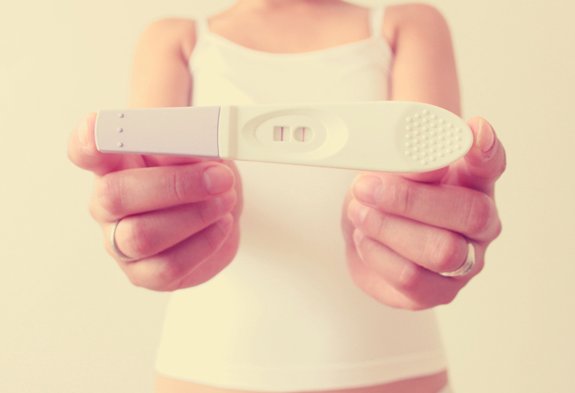HIV stands for Human Immunodeficiency Virus. It is a virus that attacks the immune system, people infected with it can live up to many years without showing any symptoms. This virus slowly deteriorates the immunity of a person and is transmitted to another if certain precautions aren’t followed.
Signs and symptoms of late-stage HIV infection may include:
If left untreated, HIV weakens the ability to fight infection leaving the person vulnerable to many diseases. There are a few signs and symptoms which shouldn’t be taken lightly if they are prevalent for a long time. These symptoms are a Blurred vision, fever of above 37C (100F) lasting for weeks, night sweat, weight loss, permanent tiredness, shortness of breath, diarrhoea (which is usually persistent or chronic), dry cough, white spots on the tongue or mouth, swollen glands lasting for weeks.
Prevalence and Incidences of HIV in India
Men, but less so women, showed a distinct age pattern of deaths from AIDS, peaking at age 25-34. In India, more than 2.1 million people are suffering from HIV, with 172,000 deaths occurring annually
Treatment
HIV is treated using a combination of medicines. This is called antiretroviral therapy (ART). ART does not cure the disease; it can control the virus so that you can live a healthier life and reduce the risk of transmitting HIV to others.
Benefits of umbilical cord stem cells for curing HIV
The world’s first clinical trial which aims to cure five HIV patients within three years using transplants of blood from the umbilical cord is set to start in Spain. Till now, only one person has been completely cured of HIV and is known as the “Berlin patient”. He was diagnosed with both HIV and Leukaemia and needed to be treated for cancer. The doctors used a bone marrow of a donor who had a certain cellular mutation which resisted HIV.
Patients suffering from AIDS-related lymphoma are witnessing the birth of new treatment methods for their illness, and one of these procedures successfully utilizes HIV-resistant umbilical cord stem cells. Doctors have identified stem cell transplantation as a viable treatment method for relapsed or high-risk AIDS-related lymphoma, suggesting a more effective cure for patients currently suffering from this disease.
Here’s an info-graph to illustrate and summarize the above-mentioned facts.
The alarming numbers of HIV incidences in India and proven results of stem cell transplants, make the need for Cord Blood Stem Cell Banking in India evident. Babycell is one of the best and largest service providers of cord blood stem cell banking. Along with stem cell preservation, Babycell also provides value added services like newborn screening (NBS), CFU assay- to test the ability of stem cells to differentiate, HLA testing, Father’s wellness program and more.















